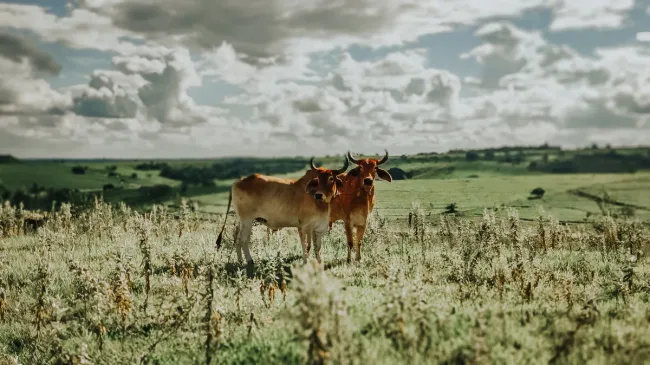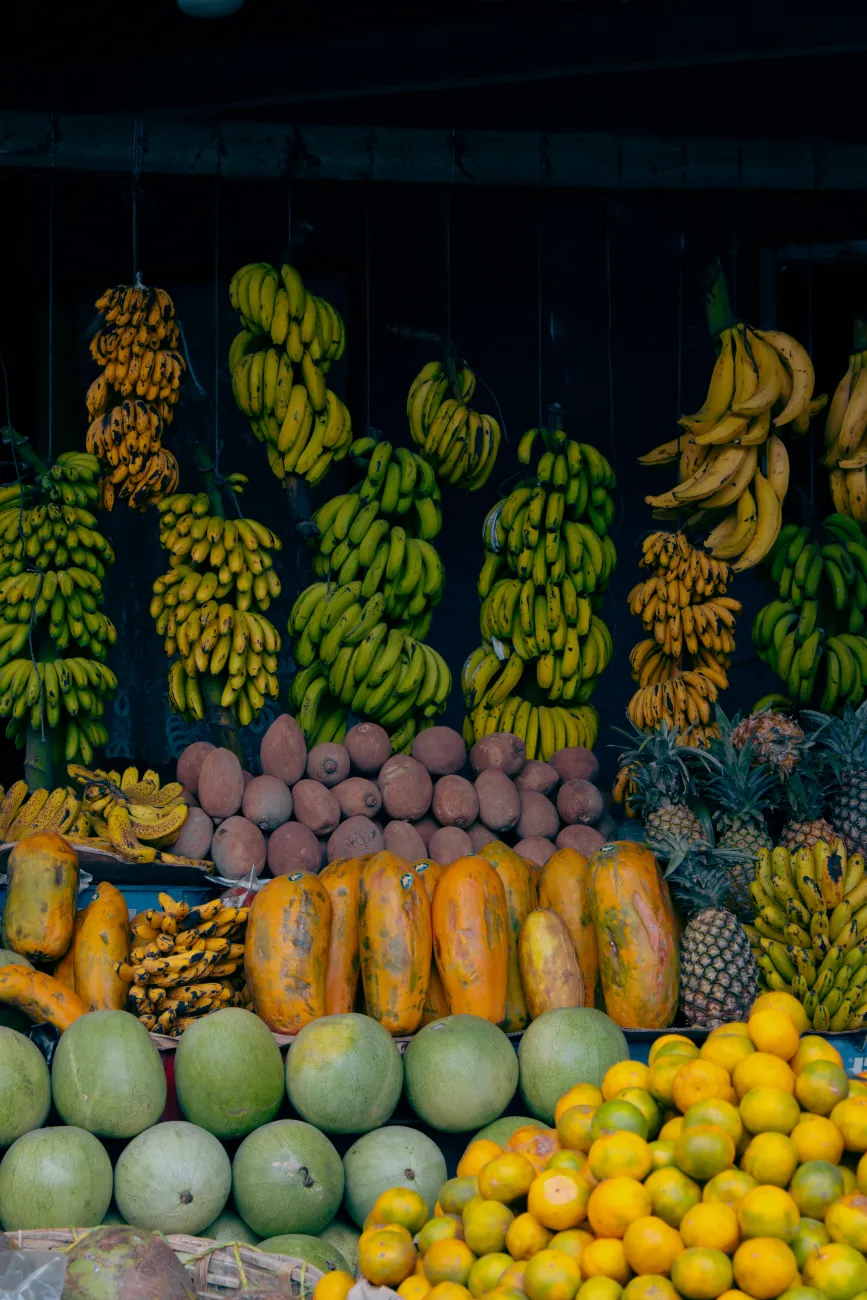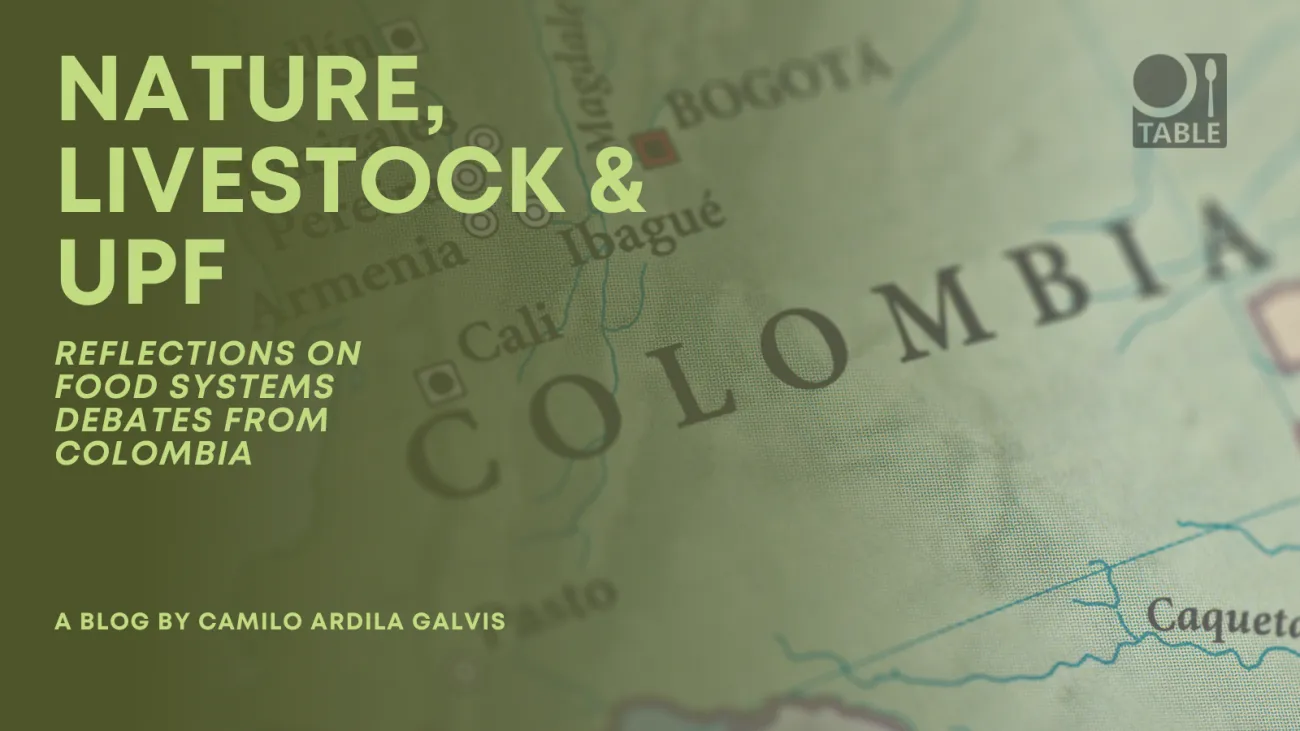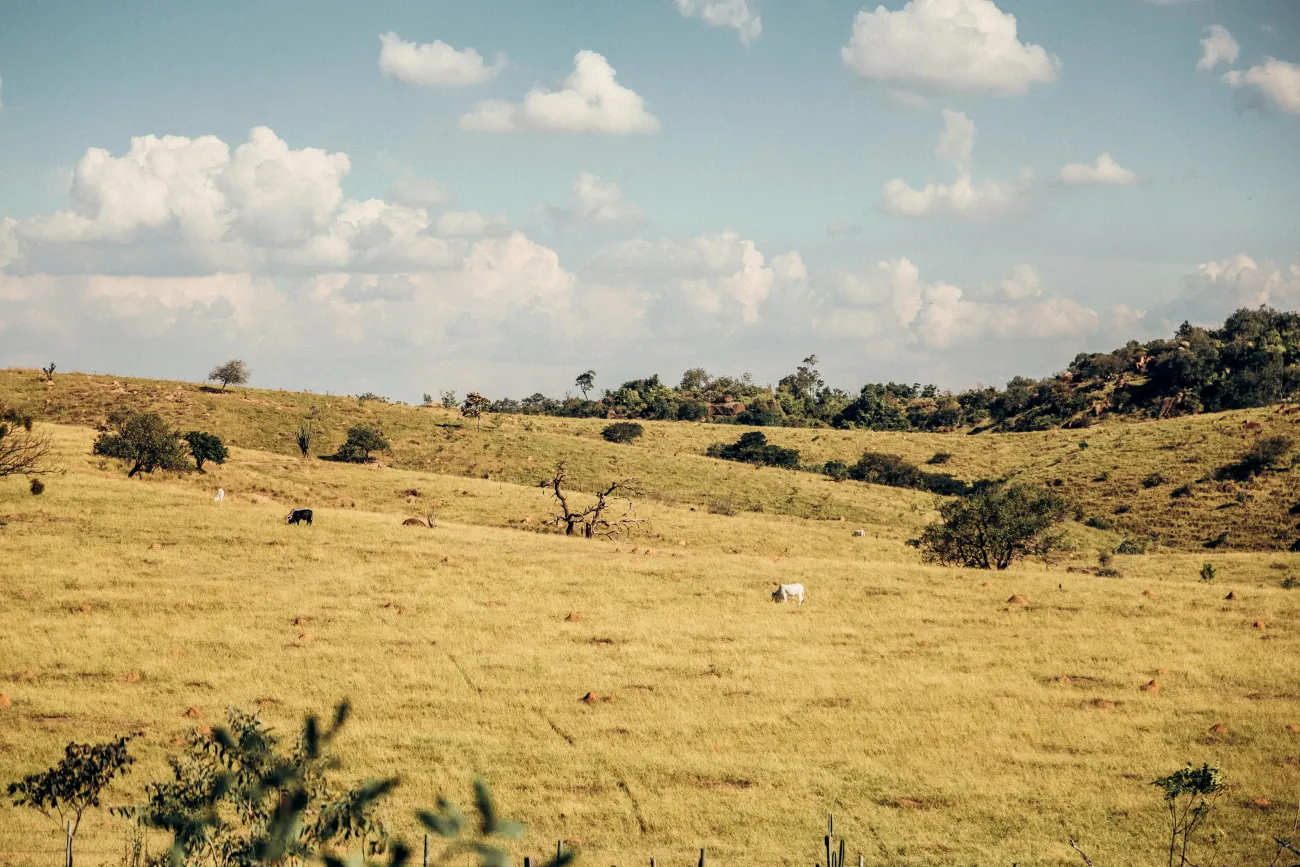In this paper, Table member Erasmus Zu Ermgassen and co-authors use publicly available data to trace Brazil’s beef exports from 2800 municipalities to 152 countries, along with their deforestation links. The authors argue that, because of the high variation between the sources of beef for different trading companies, it is not advisable to rely on national level statistics when assessing environmental footprints.

The Brazilian domestic market was found to buy 81-82% of Brazil’s beef, which was linked to 86-87% of the deforestation risk. Exports are consolidated in the hands of a few companies: three companies - JBS, Minerva, & Marfrig - handled 72% of exports. The three largest exports markets for Brazilian beef are China, Egypt and Russia.
The figure below summarises some findings on deforestation risk. For example, part A shows that the deforestation (in hectares) associated with a kilotonne of beef varies strongly between companies. F shows that beef consumed domestically within Brazil has a slightly higher risk of deforestation per kilotonne than beef that is exported. Part B shows which export markets have a greater or lesser deforestation risk. Countries that fall below the diagonal line have a low deforestation risk relative to their share of the export market, e.g. USA and mainland China (although China’s large purchase volume means that its absolute contribution to deforestation is above that of many countries); countries above the diagonal line (e.g. Russia, Egypt) have a high risk of deforestation relative to their share of the export market.
Image: Figure 4, Zu Ermgassen et al. The deforestation risk of different actors’ purchases of Brazilian beef. (A) The relative deforestation risk of major exporters, with the market average risk for exports in 2017 shown as a dashed vertical line. (B) The deforestation risk of major markets (as a percentage of all export-associated deforestation risk), plotted against their market share (% of exports). (C) The deforestation risk of major markets (2015 to 2017) in the Amazon, Cerrado, and Atlantic Forest biomes. (D) The relative deforestation risk of different products—live cattle exports carry a disproportionately high risk. The total (E) and relative (F) deforestation risk linked to exports and the Brazilian domestic market.
The paper finds that 31.2% and 17.8% of Brazil’s cattle exports are covered by two different zero deforestation commitments (it is not clear whether there is any overlap between the coverage of the commitments).
The study is part of the Transparency for Sustainable Economies (Trase) initiative.
Abstract
Though the international trade in agricultural commodities is worth more than $1.6 trillion/year, we still have a poor understanding of the supply chains connecting places of production and consumption and the socioeconomic and environmental impacts of this trade. In this study, we provide a wall-to-wall subnational map of the origin and supply chain of Brazilian meat, offal, and live cattle exports from 2015 to 2017, a trade worth more than $5.4 billion/year. Brazil is the world’s largest beef exporter, exporting approximately one-fifth of its production, and the sector has a notable environmental footprint, linked to one-fifth of all commodity-driven deforestation across the tropics. By combining official per-shipment trade records, slaughterhouse export licenses, subnational agricultural statistics, and data on the origin of cattle per slaughterhouse, we mapped the flow of cattle from more than 2,800 municipalities where cattle were raised to 152 exporting slaughterhouses where they were slaughtered, via the 204 exporting and 3,383 importing companies handling that trade, and finally to 152 importing countries. We find stark differences in the subnational origin of the sourcing of different actors and link this supply chain mapping to spatially explicit data on cattle-associated deforestation, to estimate the “deforestation risk” (in hectares/year) of each supply chain actor over time. Our results provide an unprecedented insight into the global trade of a deforestation-risk commodity and demonstrate the potential for improved supply chain transparency based on currently available data.
Reference
Zu Ermgassen, E.K., Godar, J., Lathuillière, M.J., Löfgren, P., Gardner, T., Vasconcelos, A. and Meyfroidt, P., 2020. The origin, supply chain, and deforestation risk of Brazil’s beef exports. Proceedings of the National Academy of Sciences, 202003270.
Read the full paper here. See also the Table explainer What is land use and land use change?




Comments (0)